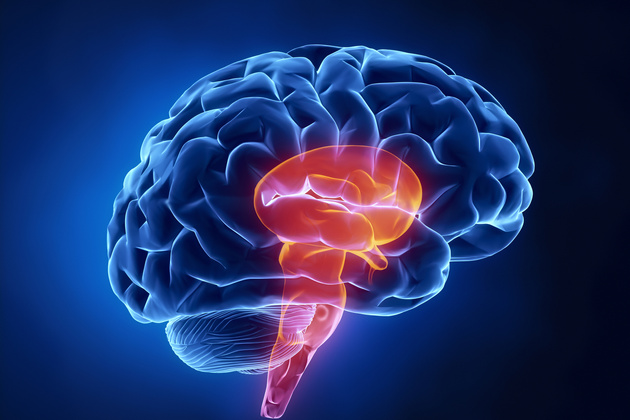Brain Stem Tumor Symptoms, Diagnosis and Treatment Methods
The brainstem anatomically connects the brain and spinal cord.

The brainstem anatomically connects the brain and spinal cord. The structures in the brainstem are the spinal cord bulb (medulla oblongata), bridge (pons) and reticular formation. The lowest part of the brainstem that connects to the spinal cord is called the spinal bulb.
It is the respiratory and circulatory center. It controls breathing movements and heart rate. The brainstem controls most of our body’s basic functions. Hunger, thirst, body temperature, blood pressure, respiration, etc. important functions are under the control of the brainstem. The cranial nerves that go from the brain to the head and neck muscles (for example, the muscles that enable chewing, swallowing and speaking), as well as the senses of vision, hearing and smell, also pass through the brainstem.
Brainstem tumors constitute 1.4% of all brain tumors. It constitutes 10-25% of brain tumors in childhood. The majority of brainstem tumors are glial tumors. It originates from glial (support cell) cells. There are several different types of glial tumors. Astrocytomas arise from small star-shaped cells called astrocytes. While it usually occurs in the brain in adults, it occurs in the brainstem, brain and cerebellum in children.
The average 5-year survival rate for brainstem gliomas has been reported to be 30%. Brainstem tumors, which were generally considered inoperable before the 1980s, can be treated surgically under certain conditions with the development of neuroradiology and surgical technical facilities. Surgical treatment results are gradually reaching more acceptable levels.
What are its symptoms?
Generally, brainstem tumors present with very distinct findings. It is very difficult to catch it at an early stage without any symptoms. Once the tumor shows symptoms, symptoms such as inability to walk, weakness, imbalance, inability to stand, and swaying left and right while walking may occur. In addition, due to the spread of tumors in this area and nerve involvement, difficulty in swallowing, difficulty in speaking, facial paralysis, strabismus, Situations such as the inability to look outwards and upwards may be observed in the eyes. Recently, dramatic situations such as paralysis in the arms and legs, bedriddenness, and coma may occur.
What are the risk factors?
As in brain tumors, factors such as radiation, radioactive rays, genetic factors, exposure to some chemical agents, viruses and microbial agents come to the fore in brainstem tumors. However, it is still not fully known which tumor forms and under what conditions.
How is it diagnosed?
As with all brain tumors, brainstem tumors come to mind with a good neurological examination of the patient. Radiological diagnosis is essential secondary to neurological examination. Diagnostic methods such as computerized brain tomography, magnetic resonance imaging and angiography are used in brainstem tumors. Today, with the increase in imaging techniques, methods such as PET, SPECT, MR spectroscopy, functional MR, and cine MR are used. These tumors are typed by MRI.
How is it treated?
Brain stem tumors are divided into 5 classes according to MRI findings. The treatment protocol is created based on MRI findings. Diffuse tumors are considered malignant due to their behavior and location, and surgical intervention is not recommended in these tumors. Although focal tumors are generally benign, their total removal is controversial due to surgical risks. Complete surgical removal can be performed in cystic tumors that extend from the neck to the spinal cord. Radiotherapy is applied to these tumors in the postoperative period. All of these tumors are sensitive to radiation. This is applied to most patients who do not undergo surgery. As with brain tumors, methods such as stereotaxic radiosurgery and cyberknife are useful in these tumors.



